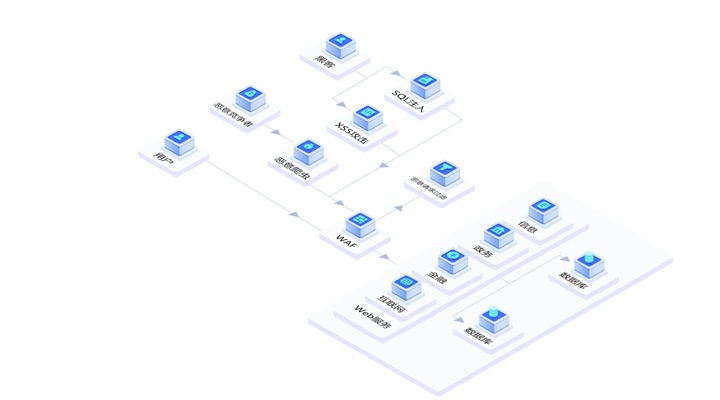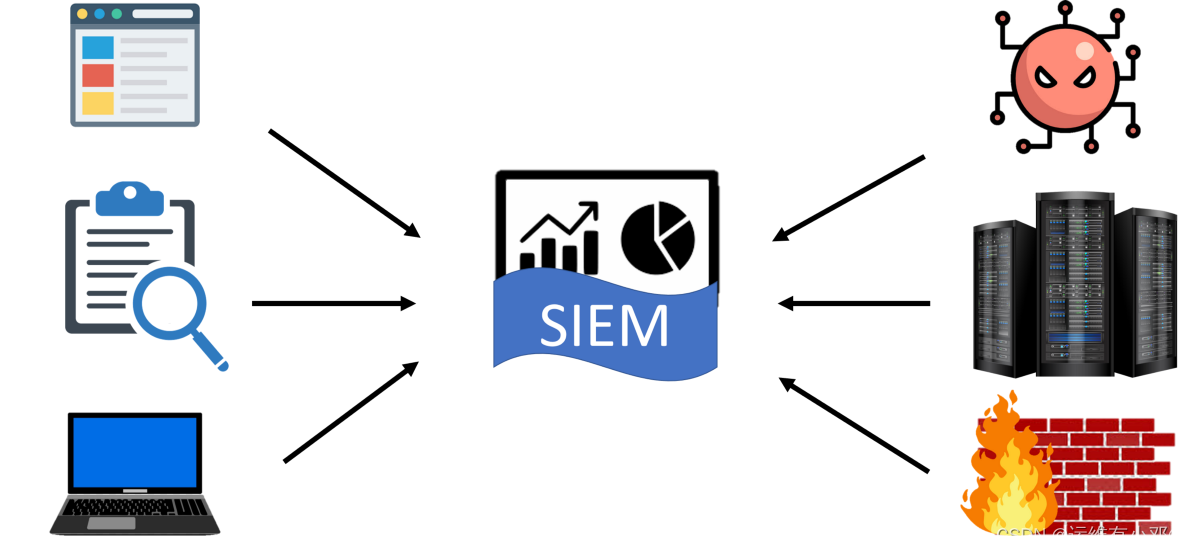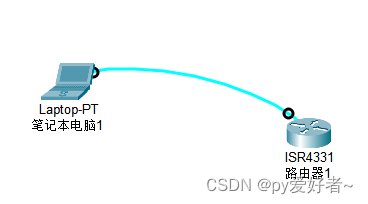只能说没有一道题是自己写的,都是在网上查资料抄别人的,也不知道这有什么意思。也不知道自己学到了什么,怎么说呢,Emmmm……对了,文末最后的几段话是为了凑字数,大家简单忽略掉就好。
/*
* tmin - return minimum two's complement integer
* Legal ops: ! ~ & ^ | + << >>
* Max ops: 4
* Rating: 1
*/
int tmin(void) {
return 1<<31;
}
/*
* absVal - absolute value of x
* Example: absVal(-1) = 1.
* You may assume -TMax <= x <= TMax
* Legal ops: ! ~ & ^ | + << >>
* Max ops: 10
* Rating: 4
*/
int absVal(int x) {
int s = x>>31;
return (x+s)^s;
}
/*
* bitAnd - x&y using only ~ and |
* Example: bitAnd(6, 5) = 4
* Legal ops: ~ |
* Max ops: 8
* Rating: 1
*/
int bitAnd(int x, int y) {
return ~(~x|~y);
}
/*
* replaceByte(x,n,c) - Replace byte n in x with c
* Bytes numbered from 0 (LSB) to 3 (MSB)
* Examples: replaceByte(0x12345678,1,0xab) = 0x1234ab78
* You can assume 0 <= n <= 3 and 0 <= c <= 255
* Legal ops: ! ~ & ^ | + << >>
* Max ops: 10
* Rating: 3
*/
int replaceByte(int x, int n, int c) {
int s = n<<3;
return (c<<s)|(x&~(0xff<<s));
}
/*
* mult3div2 - multiplies by 3/2 rounding toward 0,
* Should exactly duplicate effect of C expression (x*3/2),
* including overflow behavior.
* Examples: mult3div2(11) = 16
* mult3div2(-9) = -13
* mult3div2(1073741824) = -536870912(overflow)
* Legal ops: ! ~ & ^ | + << >>
* Max ops: 12
* Rating: 2
*/
int mult3div2(int x) {
x += (x<<1);
return (x+((x>>31)&1))>>1;
}
/*
* multFiveEighths - multiplies by 5/8 rounding toward 0.
* Should exactly duplicate effect of C expression (x*5/8),
* including overflow behavior.
* Examples: multFiveEighths(77) = 48
* multFiveEighths(-22) = -13
* multFiveEighths(1073741824) = 13421728 (overflow)
* Legal ops: ! ~ & ^ | + << >>
* Max ops: 12
* Rating: 3
*/
int multFiveEighths(int x) {
x += (x<<2);
return (x+((x>>31)&7))>>3;
}
/*
* addOK - Determine if can compute x+y without overflow
* Example: addOK(0x80000000,0x80000000) = 0,
* addOK(0x80000000,0x70000000) = 1,
* Legal ops: ! ~ & ^ | + << >>
* Max ops: 20
* Rating: 3
*/
int addOK(int x, int y) {
return (((x^y)>>31)|~(((x+y)^x)>>31))&1;
}
/*
* bitCount - returns count of number of 1's in word
* Examples: bitCount(5) = 2, bitCount(7) = 3
* Legal ops: ! ~ & ^ | + << >>
* Max ops: 40
* Rating: 4
*/
int bitCount(int x) {
int m2 = (0x55<<8)|0x55;
int m4 = (0x33<<8)|0x33;
int m8 = (0x0f<<8)|0x0f;
m2 |= (m2<<16);
m4 |= (m4<<16);
m8 |= (m8<<16);
x += ~((x>>1)&m2)+1;
x = ((x>>2)&m4)+(x&m4);
x = (x+(x>>4))&m8;
x += (x>>8);
x += (x>>16);
return x&0x3f;
}
/*
* isLess - if x < y then return 1, else return 0
* Example: isLess(4,5) = 1.
* Legal ops: ! ~ & ^ | + << >>
* Max ops: 24
* Rating: 3
*/
int isLess(int x, int y) {
int ny = ~y;
return ((((x+ny+1)&(x^ny))|(x&ny))>>0x1f)&1;
}
/*
* isLessOrEqual - if x <= y then return 1, else return 0
* Example: isLessOrEqual(4,5) = 1.
* Legal ops: ! ~ & ^ | + << >>
* Max ops: 24
* Rating: 3
*/
int isLessOrEqual(int x, int y) {
int ny = ~y;
return ((((((x+ny+1)&(x^ny))|(x&ny))>>0x1f))&1)|!(x^y);
}
/*
* trueFiveEighths - multiplies by 5/8 rounding toward 0,
* avoiding errors due to overflow
* Examples: trueFiveEighths(11) = 6
* trueFiveEighths(-9) = -5
* trueFiveEighths(0x30000000) = 0x1E000000 (no overflow)
* Legal ops: ! ~ & ^ | + << >>
* Max ops: 25
* Rating: 4
*/
int trueFiveEighths(int x) {
int const eights = x >> 3;
int const rem = x & 7;
return eights + (eights << 2) + (rem + (rem << 2) + (x >> 31 & 7) >> 3);
}
/*
int s = (x>>31)&1;
int c = (s<<3)+~s+1;
int h = ((x&(0xFF<<24))+c)>>3;
int l = (x&~(0xFF<<24));
return (h<<2)+h+((((l<<2)+l)+c)>>3);
*/
/*
* parityCheck - returns 1 if x contains an odd number of 1's
* Examples: parityCheck(5) = 0, parityCheck(7) = 1
* Legal ops: ! ~ & ^ | + << >>
* Max ops: 20
* Rating: 4
*/
int parityCheck(int x) {
x ^= (x>>16);
x ^= (x>>8);
x ^= (x>>4);
x ^= (x>>2);
x ^= (x>>1);
return x&1;
}
/*
* rempwr2 - Compute x%(2^n), for 0 <= n <= 30
* Negative arguments should yield negative remainders
* Examples: rempwr2(15,2) = 3, rempwr2(-35,3) = -3
* Legal ops: ! ~ & ^ | + << >>
* Max ops: 20
* Rating: 3
*/
int rempwr2(int x, int n) {
int s = x>>31;
x = (x+s)^s;
x &= ((~0)+(1<<n));
return (x^s)+~s+1;
}
/* howManyBits - return the minimum number of bits required to represent x in
* two's complement
* Examples: howManyBits(12) = 5
* howManyBits(298) = 10
* howManyBits(-5) = 4
* howManyBits(0) = 1
* howManyBits(-1) = 1
* howManyBits(0x80000000) = 32
* Legal ops: ! ~ & ^ | + << >>
* Max ops: 90
* Rating: 4
*/
int howManyBits(int x) {
int temp = x ^ (x << 1);
int bit_16,bit_8,bit_4,bit_2,bit_1;
bit_16 = !!(temp >> 16) << 4;
temp = temp >> bit_16;
bit_8 = !!(temp >> 8) << 3;
temp = temp >> bit_8;
bit_4 = !!(temp >> 4) << 2;
temp = temp >> bit_4;
bit_2 = !!(temp >> 2) << 1;
temp = temp >> bit_2;
bit_1 = !!(temp >> 1);
return 1 + bit_1 + bit_2 + bit_4 + bit_8 + bit_16;
}
/*
* ilog2 - return floor(log base 2 of x), where x > 0
* Example: ilog2(16) = 4
* Legal ops: ! ~ & ^ | + << >>
* Max ops: 90
* Rating: 4
*/
int ilog2(int x) {
int count = 0;
count = (!!(x>>16)) << 4;
count =count+((!!(x>>(8 + count)))<<3);
count =count+((!!(x>>(4 + count)))<<2);
count =count+((!!(x>>(2 + count)))<<1);
count =count+((!!(x>>(1 + count)))<<0);
return count;
}计算机是一种能够按照程序自动进行数据处理和运算的电子设备。计算机的发展可以分为四个阶段:机械计算机、电子管计算机、晶体管计算机和集成电路计算机。
机械计算机是最早的计算机,它们使用齿轮和滑动杆等机械装置进行计算。电子管计算机是第一代计算机,它们使用电子管代替了机械装置,大大提高了计算速度。晶体管计算机是第二代计算机,它们使用晶体管代替了电子管,使得计算机更加小型化和可靠化。集成电路计算机是第三代计算机,它们使用集成电路代替了晶体管,使得计算机更加高效和便携。
计算机的原理是基于二进制数制和逻辑电路。计算机中的所有数据都是以二进制形式存储和处理的,逻辑电路则负责对这些数据进行运算和控制。计算机的核心是中央处理器(CPU),它包含算术逻辑单元(ALU)、控制单元(CU)和寄存器等组件,负责执行指令和处理数据。
除了硬件,计算机还需要软件来实现各种功能。软件可以分为系统软件和应用软件两类。系统软件包括操作系统、编译器和驱动程序等,它们负责管理计算机的资源和提供基本的功能。应用软件则是为了满足用户的需求而开发的各种程序,例如办公软件、游戏和浏览器等。
总之,计算机是一种非常重要的电子设备,它的发展历程经历了多个阶段,从机械计算机到集成电路计算机,每一代计算机都有着自己的特点和优势。计算机的原理基于二进制数制和逻辑电路,它需要硬件和软件的配合才能实现各种功能。
原文地址:https://blog.csdn.net/a15735748145a/article/details/134743239
本文来自互联网用户投稿,该文观点仅代表作者本人,不代表本站立场。本站仅提供信息存储空间服务,不拥有所有权,不承担相关法律责任。
如若转载,请注明出处:http://www.7code.cn/show_21962.html
如若内容造成侵权/违法违规/事实不符,请联系代码007邮箱:suwngjj01@126.com进行投诉反馈,一经查实,立即删除!








